Contents
Guide
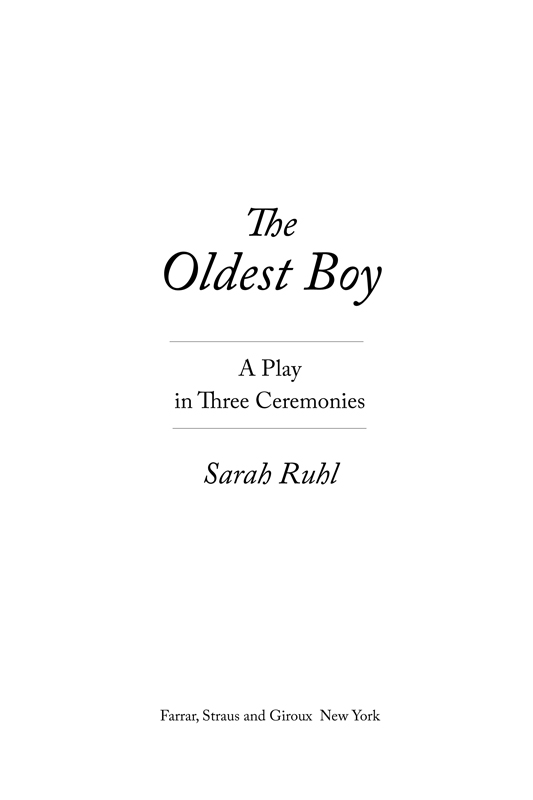
The author and publisher have provided this e-book to you for your personal use only. You may not make this e-book publicly available in any way. Copyright infringement is against the law. If you believe the copy of this e-book you are reading infringes on the authors copyright, please notify the publisher at: us.macmillanusa.com/piracy. For Yangzom, and for all the mothering that mothers and non-mothers do. And for my children:
Anna,
William,
and Hope.
The Oldest Boy was commissioned by and produced by Lincoln Center Theater (Andr Bishop, producing artistic director; Adam Siegel, managing director; Hattie K. Jutagir, executive director of development and planning). The first performance was on October 9, 2014, at the Mitzi E. Newhouse Theater. Cast MOTHER Celia Keenan-Bolger THE OLDEST BOY Ernest Abuba FATHER James Yaegashi A LAMA James Saito A MONK Jon Norman Schneider CHORUS Tsering Dorjee Bawa, Takemi Kitamura, Nami Yamamoto Creative Team DIRECTOR Rebecca Taichman SCENIC DESIGNER Mimi Lien COSTUME DESIGNER Anita Yavich LIGHTING DESIGNER Japhy Weideman SOUND DESIGNER Darron L. West PUPPET DESIGNER/DIRECTOR Matt Acheson CHOREOGRAPHY Barney OHanlon STAGE MANAGER Charles M.
Turner III The Oldest Boy was subsequently produced by the Marin Theatre Company in Mill Valley, California (Jasson Minadakis, artistic director; Michael Barker, managing director). The first performance was on September 10, 2015. Cast MOTHER Christine Albright THE OLDEST BOY Tsering Dorjee Bawa FATHER Kurt Uy A LAMA Jinn S. Kim A MONK Wayne Lee PUPPETEERS AND DANCERS Melvign Badiola, Jed Parsario Creative Team DIRECTOR Jessica Thebus SCENIC DESIGNER Collette Pollard COSTUME DESIGNER Fumiko Bielefeldt LIGHTING DESIGNER Jeff Rowlings SOUND AND COMPOSITIONS Chris Houston PUPPET DESIGN AND CONSTRUCTION Jesse Mooney-Bullock CHOREOGRAPHY AND CULTURAL CONSULTANT Tsering Dorjee Bawa On April 25, 2016, The Oldest Boy will be read at more than ten theaters across the country as a fund-raiser to benefit relief efforts in Nepal on the anniversary of the 2015 earthquake. For more information, go to www.tibetfund.org or www.sarahruhlplaywright.com. People (in order of appearance) MOTHER ( American, mid-thirties to mid-forties ) A MONK ( Tibetan, younger than the lama ) A LAMA ( Tibetan, older than the monk ) THE OLDEST BOY ( older than the lama, speaks for and moves the puppet, Tibetan ) FATHER ( Tibetan , mid-thirties to mid-forties ) And, if possible, a small chorus of traditional Tibetan dancers, preferably women.
It could also be helpful to have live musicians who play traditional Tibetan music. If Tibetan actors are unavailable to play the Father, Monk, Lama, and The Oldest Boy, I put my trust in the collective imagination and in creative casting. Puppet A BOY ( Two, then three, years old. The puppet has a wonderful face, bright eyes, and big red cheeks. ) In the first production we used a bunraku puppet, with the head puppeteer voicing the puppet and the two other puppeteers dancing in the chorus. One could also imagine using a rod puppet or a marionette puppet.
We chose a bunraku puppet to maximize the expressiveness of the child. Place Any North American city with a large Tibetan community, for instance, New York, Boston, Minneapolis, Toronto, Chicago, Berkeley, or Seattle. Then, in Act Two, a monastery in India. Pronunciation and Definitions A lama ( pronunciation , lah-ma): a spiritual teacher, or high-ranking Buddhist monk. A tulku ( pronunciation , tuhl-koo): a high-ranking lama who can choose his own rebirth. Rinpoche ( pronunciation , rhin-poh-chay): a title meaning precious one; often, but not always, used to designate tulku s, or reincarnated lamas.
Dharamsala ( pronunciation , Dar-um-sal-a): home of the Dalai Lama in India, and the Central Tibetan Administration. Some Notes Tibet has an ancient monastic tradition of finding living reincarnations of their high lamas, including the Dalai Lama. About one-fifth of the population traditionally takes monastic vows. China invaded Tibet in 1949, under the leadership of Mao. More than a million Tibetans died as a direct result of the occupation, 6,256 monasteries were destroyed and looted, and only 14 remain intact. In 1959 the Dalai Lama fled to India, and many Tibetans followed him to Dharamsala, the center of the exiled Tibetan government.
The Tibetan people find themselves in exile, spread across India, Nepal, and the Western world, their culture under attack, their people refugees, and their country a victim of ethnic cleansing. Now that Tibetan Buddhism has spread westward, reincarnated lamas are occasionally found outside of Tibet and sometimes, very rarely, are born to non-Tibetans. But the following story is an imagined one. I hope with humility, reader, that you will help me with the bits I got wrong. * * * If you relate to your teacher as a Buddha, you will receive the blessings of a Buddha. If you relate to your teacher as an ordinary human being, you will get the blessings of an ordinary human being.
SOGYAL RINPOCHE , The Tibetan Book of Living and Dying A tasteful house decorated with rich Tibetan colors. Half Western furniture, half Eastern furniture and rugs. A few large statues of the Buddha. A woman, the mother, sits on the stage. She places a candle on the floor, faces the audience, and tries to meditate. She closes her eyes.
She opens her eyes. She sees the audience. She stops meditating. She takes her cushion and candle and turns around and faces the back wall. She meditates. On a baby monitor, a baby cries.
The mother stops meditating. She goes to the monitor. She listens. The baby stops crying. She goes and gets a bag of potato chips and starts eating from it. She pages through a book about child-rearing: something like Dr.
Searss Attachment Parenting Book. The doorbell rings. She jumps. It is unexpected. She puts down the potato chips. She goes to the door.
Two Tibetan monks are at the door. One is a Rinpoche (a high lama or teacher), the other is a simple monk. MOTHER Hello? LAMA Hello. MONK Hello. An awkward pause. MOTHER Hi.
MONK Excuse mesorry to disturb youyou are the babysitter? MOTHER The babysitter? No. LAMA You are a friend of the house? MOTHER Umthis is my house. MONK Butyou are the mother of the house? MOTHER YesI am the mother of the house. MONK Oh, I see. LAMA Perhaps we have the wrong house? MOTHER I dont knowsorryI wasnt expecting you. LAMA Nor we you! They laugh.
MOTHER Perhaps you are looking for my husband? LAMA Your husband owns a restaurant in town? MOTHER Oh, yes. LAMA Then it is he we have come to visit. MOTHER Oh! MONK Rinpoche is visiting from India. MOTHER Oh, I see! Welcome! Rinpoche. He bows his head. She bows awkwardly.
MOTHER Would you like to come in? MONK And LAMA Yes, yes, thank you. LAMA I have been to your husbands restaurant once, long time ago. Very delicious. MOTHER Of course I think so, but Im biased. Would you like some tea? MONKLAMA Oh yes yes, we would love some tea, thank you.Thank you, yes. MOTHER Im so sorryif Id known you were coming, I would havecleaned andcookedand MONK And LAMA No, no.
MOTHER I can at least make you tea. She exits to put the teakettle on to boil. The boy cries a little on the baby monitor. The monks listen attentively, with joy. LAMA A baby! The mother pokes her head back in. MOTHER Im just going to get my son.
Are you all right for a moment? MONK And LAMA Oh, yes yes. MOTHER You must excuse memy husband wont be back from work for another hour. Would you like to come back then? LAMA Oh, that is fine, we can wait. You can bring the baby here, if you like. How old is the baby? MOTHER Almost three! MONK Thats good! MOTHER Good? Yes LAMA A nice age, yes? MOTHER Yes. A pause in which the baby is quiet.


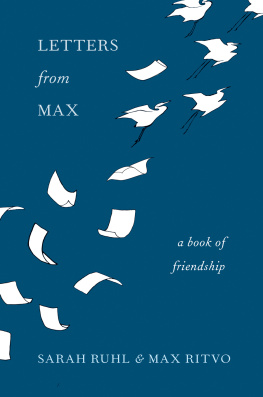
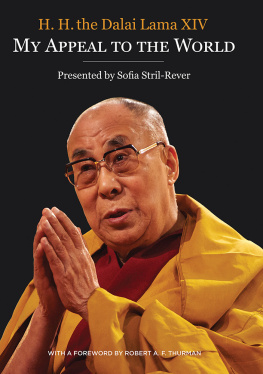

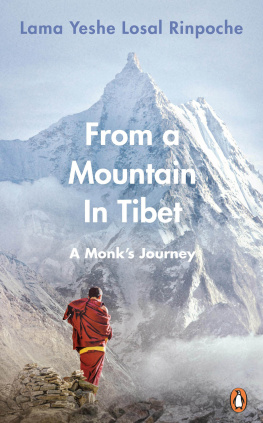

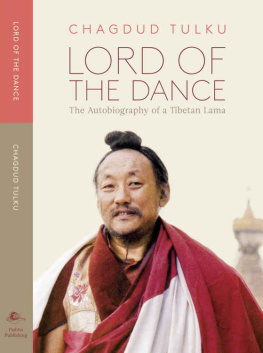
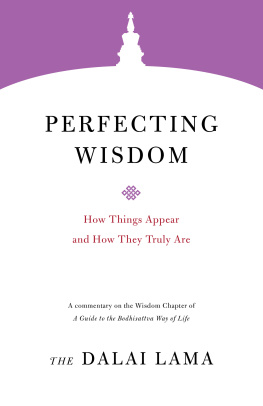
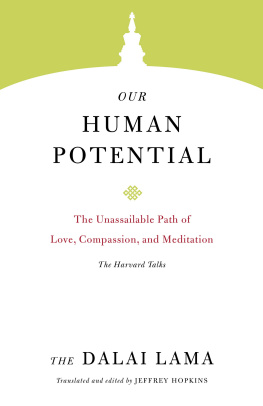
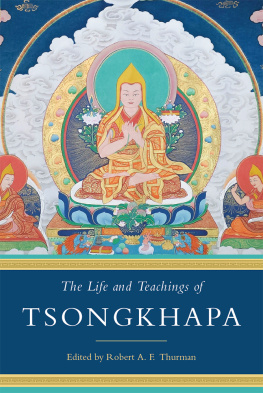
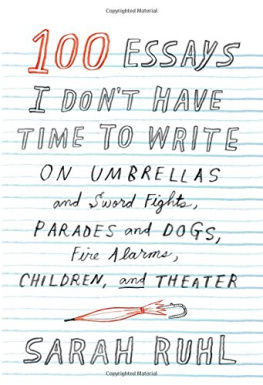
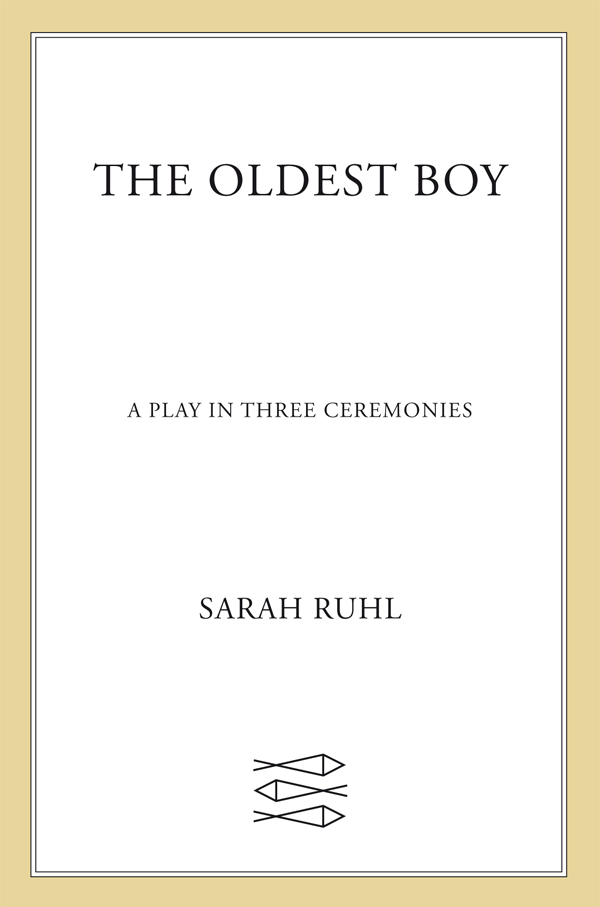
 The author and publisher have provided this e-book to you for your personal use only. You may not make this e-book publicly available in any way. Copyright infringement is against the law. If you believe the copy of this e-book you are reading infringes on the authors copyright, please notify the publisher at: us.macmillanusa.com/piracy. For Yangzom, and for all the mothering that mothers and non-mothers do. And for my children:
The author and publisher have provided this e-book to you for your personal use only. You may not make this e-book publicly available in any way. Copyright infringement is against the law. If you believe the copy of this e-book you are reading infringes on the authors copyright, please notify the publisher at: us.macmillanusa.com/piracy. For Yangzom, and for all the mothering that mothers and non-mothers do. And for my children: